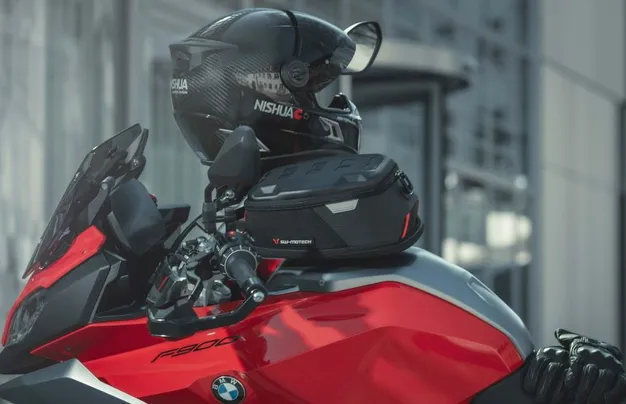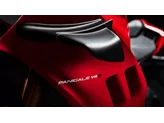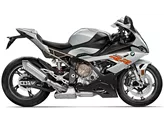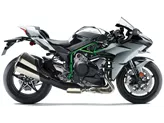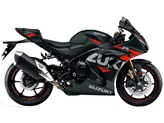Kawasaki Ninja ZX-10R 2016 vs. BMW S 1000 RR 2020

Kawasaki Ninja ZX-10R 2016

BMW S 1000 RR 2020
Vue d’ensemble - Kawasaki Ninja ZX-10R 2016 vs BMW S 1000 RR 2020
The Kawasaki Ninja ZX-10R model year 2016 and the BMW S 1000 RR model year 2020 are both supersport motorcycles with similar engine types, inline four-cylinder engines. However, there are several differences between the two models in terms of technical specifications and performance.
In terms of engine specifications, the Kawasaki Ninja ZX-10R 2016 has a bore of 76 mm and a stroke of 55 mm, while the BMW S 1000 RR 2020 has a larger bore of 80 mm and a shorter stroke of 49.7 mm. This difference in engine dimensions can affect the power and torque characteristics of the two motorcycles. The Kawasaki Ninja ZX-10R 2016 has an engine power of 200.1 HP and a torque of 114.3 Nm, while the BMW S 1000 RR 2020 has a slightly higher engine power of 207 HP but a slightly lower torque of 113 Nm. Both motorcycles have a compression ratio of 13, indicating high-performance engines.
In terms of suspension, both motorcycles feature upside-down telescopic forks at the front and swing arm suspension with a monoshock at the rear. The suspension of both models can be adjusted for compression, preload, and rebound. The rear suspension of both motorcycles is made of aluminum, which helps in reducing weight and improving handling.

Kawasaki Ninja ZX-10R 2016
Both motorcycles have aluminum frames, which provide a lightweight and rigid structure for improved handling and stability. The braking systems on both motorcycles consist of double disk brakes at the front, with the BMW S 1000 RR 2020 featuring radial technology for enhanced braking performance.
In terms of dimensions and weights, both motorcycles have the same front and rear tire widths and diameters, with the front tire width being 120 mm and the rear tire width being 190 mm, both with a diameter of 17 inches. The wheelbase of the BMW S 1000 RR 2020 is slightly longer at 1441 mm compared to the 1415 mm wheelbase of the Kawasaki Ninja ZX-10R 2016. The seat height of the BMW S 1000 RR 2020 is also slightly higher at 824 mm compared to the 813 mm seat height of the Kawasaki Ninja ZX-10R 2016. Both motorcycles have fuel tank capacities of around 17 liters.

BMW S 1000 RR 2020
In terms of strengths, the Kawasaki Ninja ZX-10R 2016 is praised for its great chassis geometry, high-quality chassis components, very good brakes, and a comprehensive electronics package. On the other hand, the BMW S 1000 RR 2020 is praised for its very linear power delivery, wide rev range, excellent Dynamic Damping Control (DDC) system, and a top-notch electronics package. The BMW S 1000 RR 2020 is also considered to be a harmonious overall package both on the road and on the racetrack.
In terms of weaknesses, the Kawasaki Ninja ZX-10R 2016 is criticized for its cockpit not being optimally readable. On the other hand, the BMW S 1000 RR 2020 is criticized for lacking a bit of character compared to other competitors and lagging behind on the spec sheet in direct comparison.
Overall, both the Kawasaki Ninja ZX-10R 2016 and the BMW S 1000 RR 2020 are high-performance supersport motorcycles with their own strengths and weaknesses. The choice between the two would depend on individual preferences and priorities, such as riding style, brand preference, and desired features.
Caractéristiques techniques Kawasaki Ninja ZX-10R 2016 par rapport à BMW S 1000 RR 2020
Avantages et inconvénients en comparaison
Avantages et inconvénients en comparaison
Kawasaki Ninja ZX-10R 2016

La ZX-10R Ninja a une certaine majesté, lors du premier roulage elle semble très stable, il faut la forcer un peu dans le rayon. Mais après quelques tours, cet effet se transforme en une incroyable précision qui permet de suivre une ligne bien ciblée. Le moteur est maintenant vraiment devenu sensiblement plus puissant et fait de la Kawa un énorme paquet global qui ne peut pas seulement plaire aux fans inconditionnels de Kawasaki. Le contrôle de traction se distingue de manière particulièrement positive sur la Kawa, il régule de manière très sensible. On peut même régler le frein moteur - elle ne manque donc certainement pas de fonctionnalités électroniques. La ZX-10R est la seule Superbike à être compatible avec la norme Euro4 dès 2016 !
BMW S 1000 RR 2020
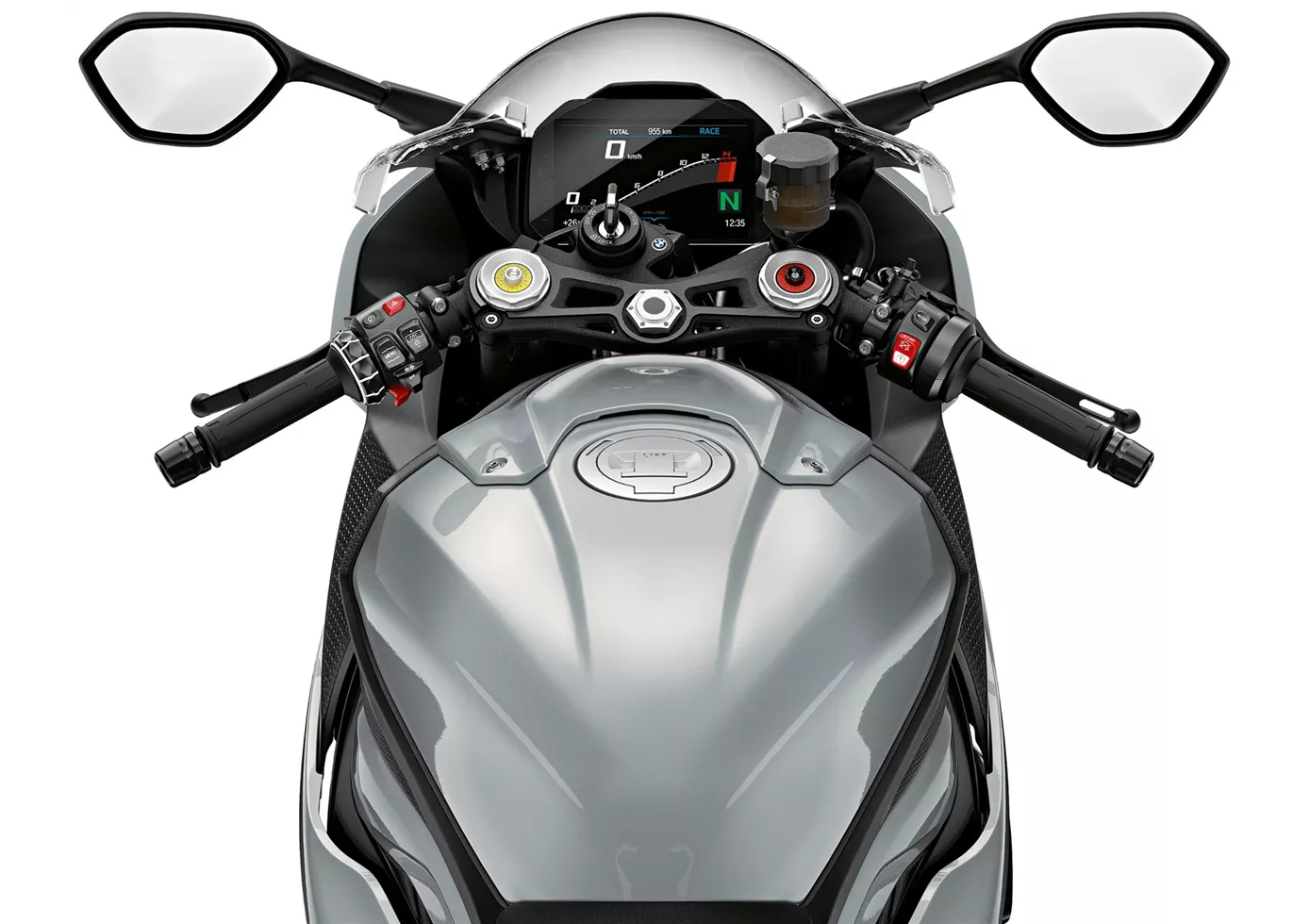
Une vraie superbike "à tout faire". Sur la piste de course comme sur la route, la BMW sait jouer de ses atouts. Grâce à la distribution variable de l'arbre à cames, le moteur puissant est déjà convaincant à bas régime et accélère harmonieusement sur toute la plage de régime, avec une puissance élevée dans tous les domaines. Pour le pilote amateur, le châssis fonctionne certainement de manière exceptionnelle dans toutes les situations, il garantit un feedback transparent et offre de nombreuses possibilités de réglage. La position de conduite est sportive, mais relativement confortable. L'électronique fonctionne de manière très harmonieuse sans infantiliser le pilote - TOP !
Comparaison des prix Prix moyen du marché Kawasaki Ninja ZX-10R vs BMW S 1000 RR
There are a few key differences between a Kawasaki Ninja ZX-10R 2016 and a BMW S 1000 RR 2020. In terms of price, the actual average price of a Kawasaki Ninja ZX-10R 2016 is about 2% higher. A Kawasaki Ninja ZX-10R 2016 experiences a loss of 1,650 USD in one year and 1,600 USD in two years of ownership. This is offset by a loss of 430 USD and 140 USD for a BMW S 1000 RR 2020. Compared to BMW S 1000 RR 2020 there are less Kawasaki Ninja ZX-10R 2016 bikes available on the 1000PS.de Marketplace, specifically 4 compared to 16. It takes less time to sell a BMW S 1000 RR with 68 days compared to 100 days for the Kawasaki Ninja ZX-10R. Since model year 2005 1000PS.de editors have written 51 reviews for the Kawasaki Ninja ZX-10R and 135 reviews for the BMW S 1000 RR since model year 2010. The first review for the Kawasaki Ninja ZX-10R was published on 1/11/2004 and now has more than 2,900 views. This compares to more than 4,000 views for the first review on BMW S 1000 RR published on 4/16/2008.
